Devil’s Millhopper Geological State Park
Visit a miniature rainforest at Devil’s Millhopper Geological State Park. When the limestone beneath it collapsed, a 120-foot deep sink was created. Since the 1880s, Devil’s Millhopper has captured the imaginations of visitors who marveled at this natural wonder located in Gainesville.
The state purchased the site in 1974. When the steps into the sinkhole were completed in 1976, Devil’s Millhopper Geological State Park was designated a National Natural Landmark.
The history of Devil’s Millhopper has been passed down over generations. Oral history tells us that the Civilian Conservation Corps constructed the limestone entrance and a stairway into the sinkhole in the 1930s. How did Devil’s Millhopper get its name? In the 1800s, grain was ground in a gristmill. A funnel at the top of the mill, known as a hopper, held the grain as it was fed into the grinder. Fossils and bones of animals were found at the bottom of the sinkhole. Legend has it that the Devil used the Millhopper to capture the animals. A few remaining Catface pines remind us of the turpentine industry from long ago. Natural history abounds in the sink as researchers have discovered marine shells, shark teeth, and the fossils of extinct land animals.
Today, Devil’s Millhopper is a welcome reprieve from the hustle and bustle of everyday life. A nature trail loops around the 500-foot rim of the sinkhole. Let your senses absorb the sights, sounds, and smells as you meander down the stairs into the rainforest. Take in the multiple shades of green as you slowly descend into the rainforest. Listen for the sounds from the treetops as their leaves rustle in the wind, and birds sing their melodies. Hear the water trickle through creeks and over waterfalls before disappearing into the limestone. Feel the temperates drop as you near the bottom of the sink and travel under the canopy of the lush trees.
Look for grey treefrogs, fox sparrows, and golden-banded skippers as well as rabbits, squirrels, and a plethora of reptiles and amphibians. There are Saturday guided walks with a park ranger and a picnic area. Dogs on a six-foot leash are welcome.
Photo Credit: Aymee Laurain and Bobby Putnam
Like this:
Like Loading...

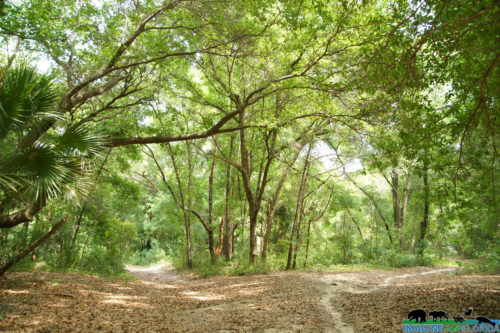
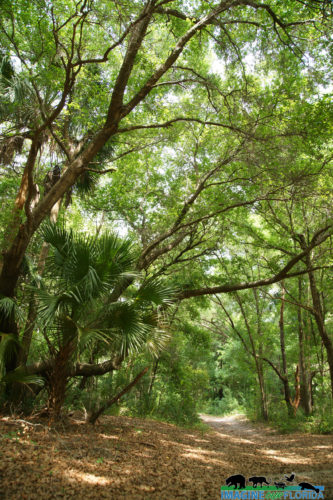
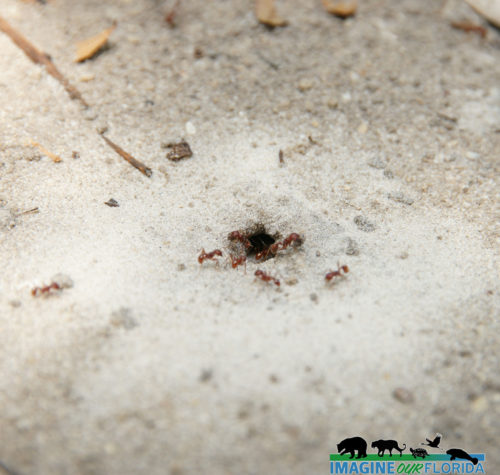
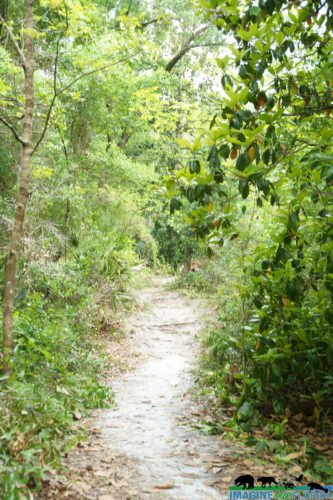
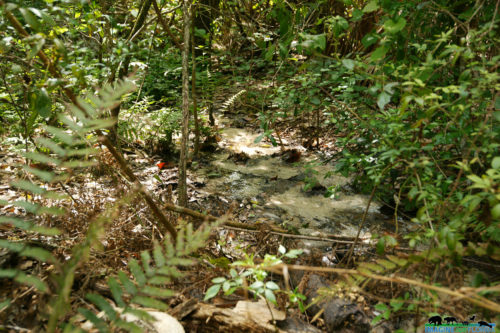
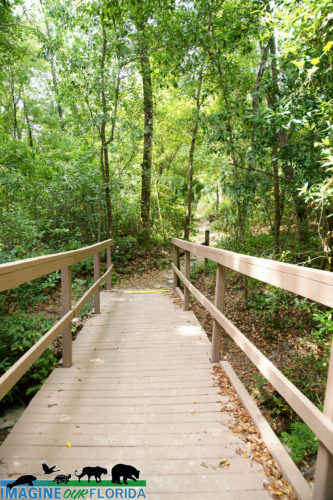
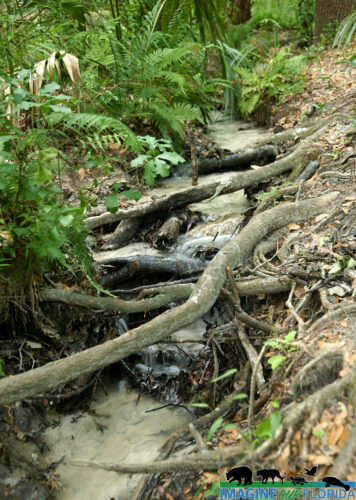
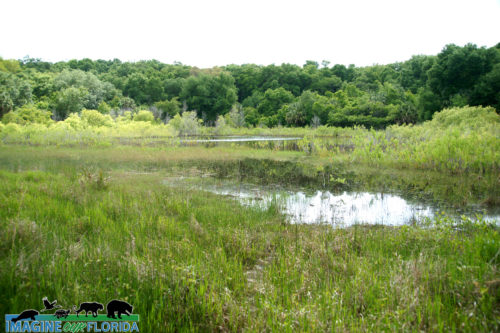
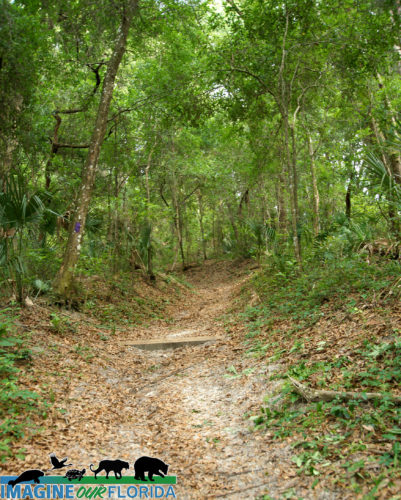
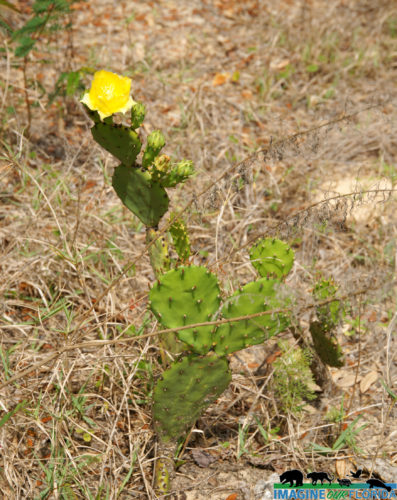
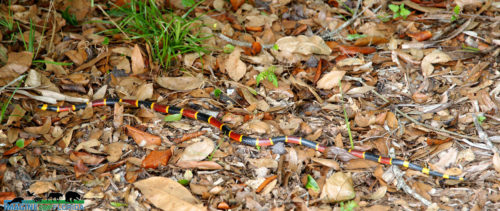
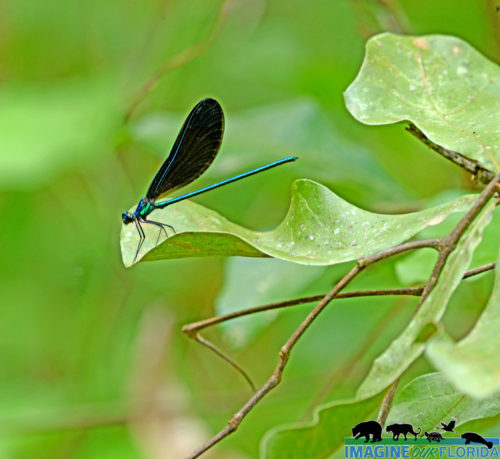
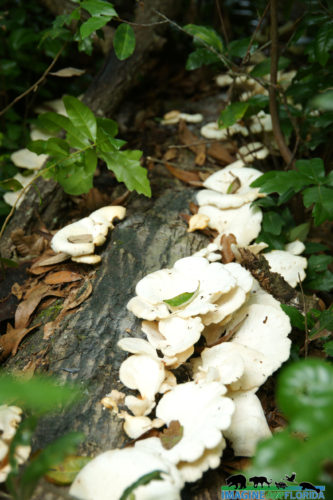


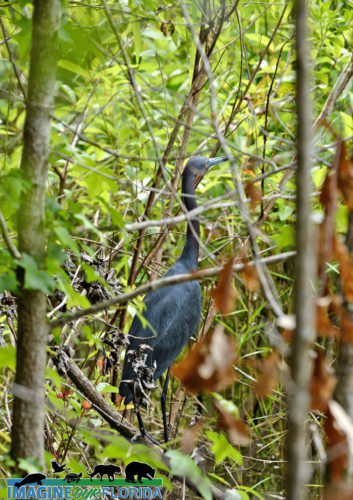
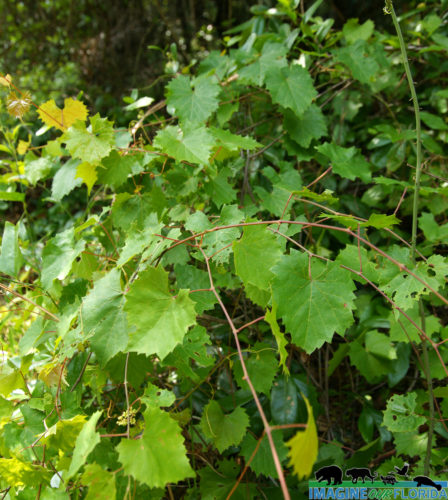

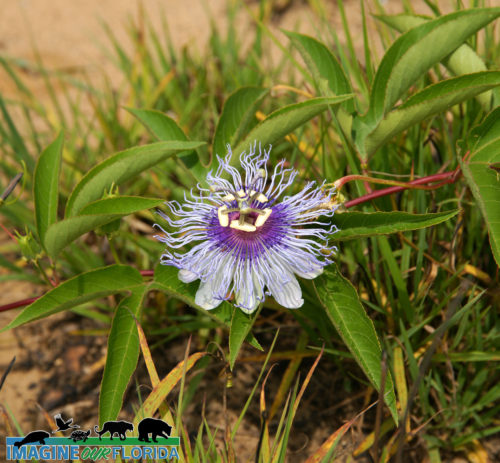
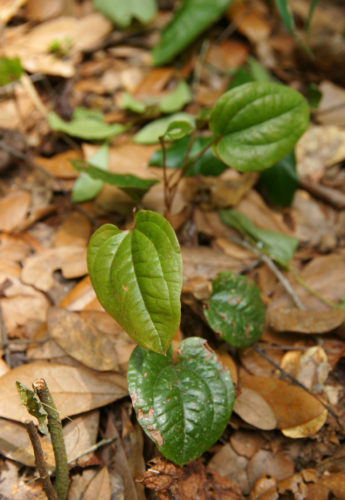
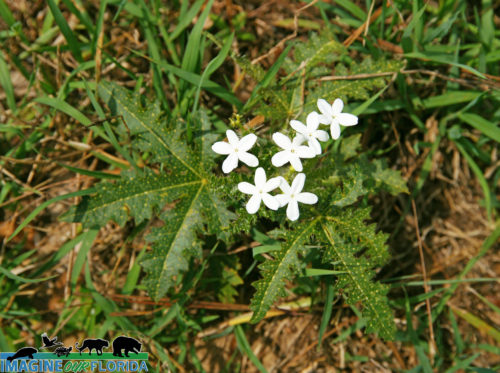 Once known as the Eichelberger Sink, this 90-acre preserve located near Eustis is managed by Lake County Water Authority. Hidden Waters Preserve was established in 1996 to protect the water seepage and Lake Alfred where water slowly seeps into the aquifer.
Once known as the Eichelberger Sink, this 90-acre preserve located near Eustis is managed by Lake County Water Authority. Hidden Waters Preserve was established in 1996 to protect the water seepage and Lake Alfred where water slowly seeps into the aquifer.https://www.lcwa.org/land_resources/open_preserves.php

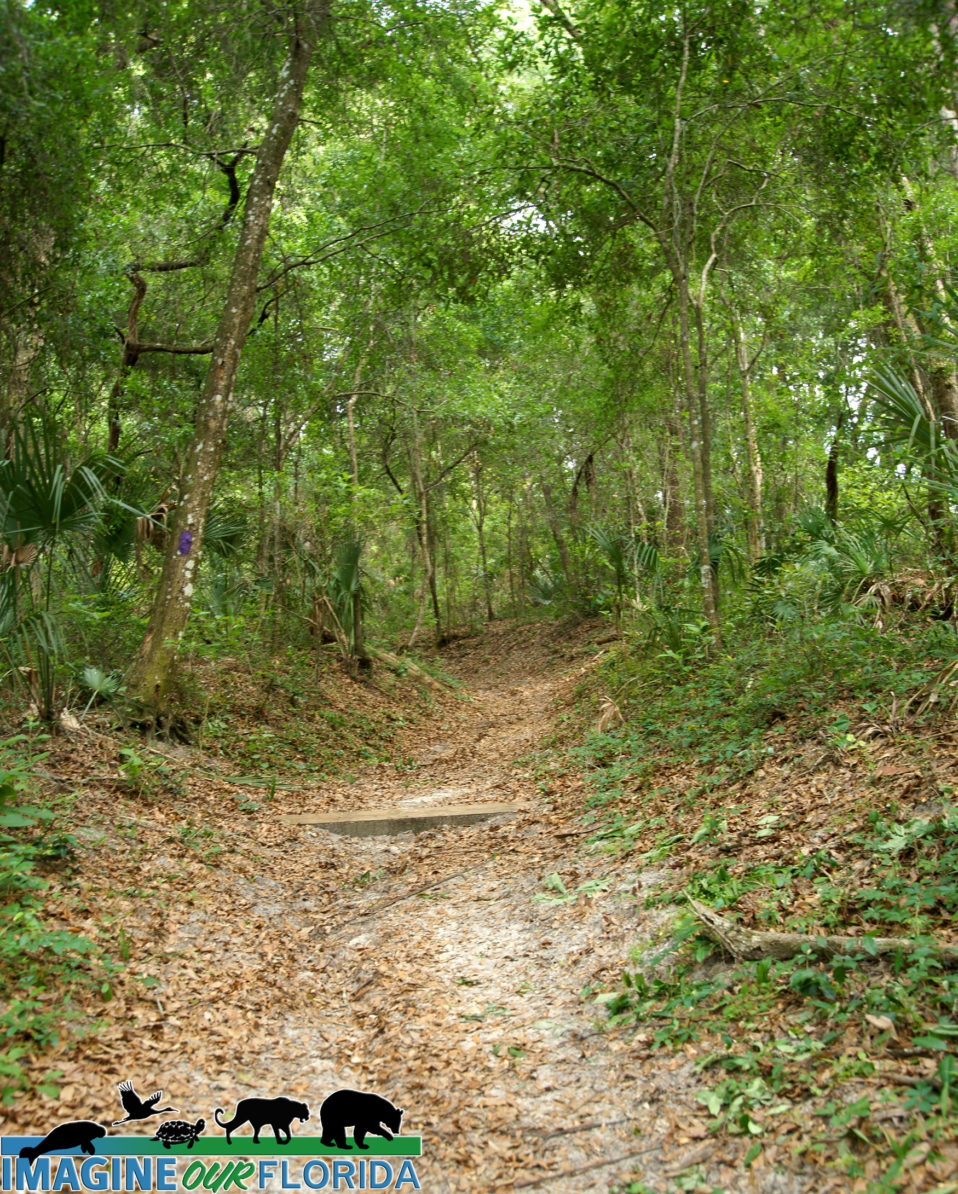
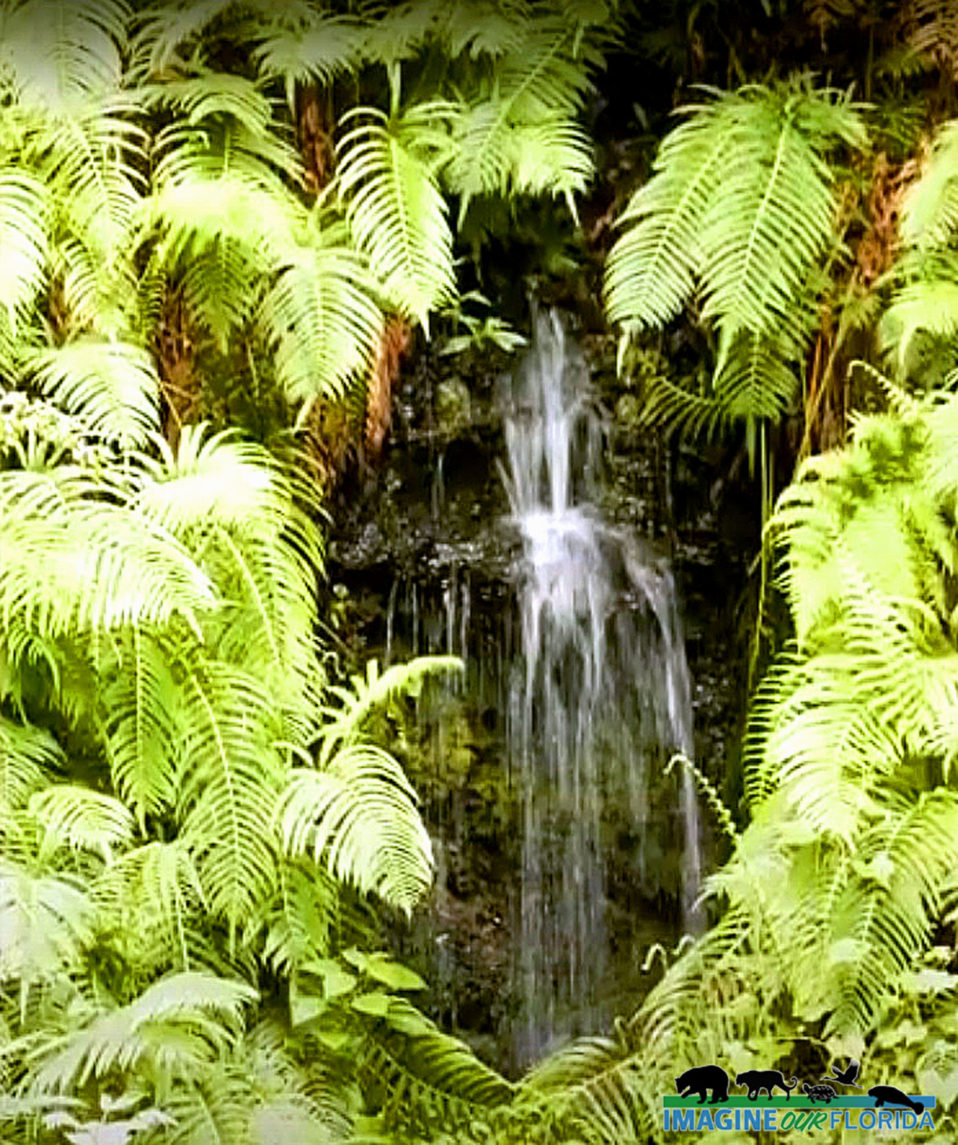
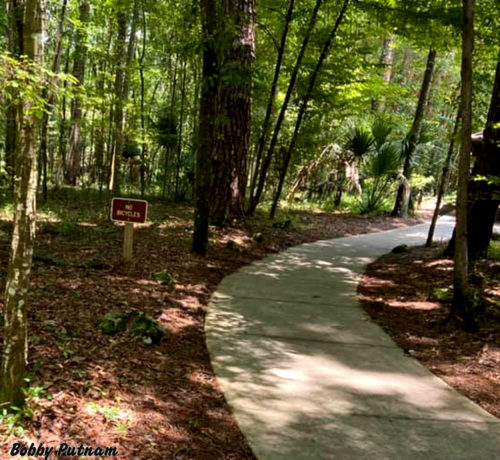
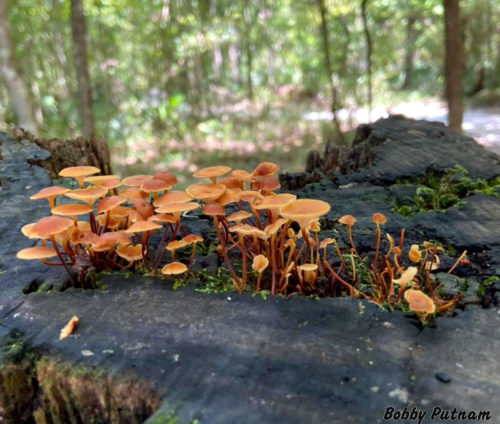
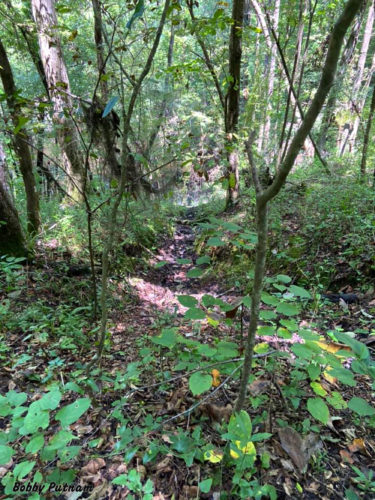
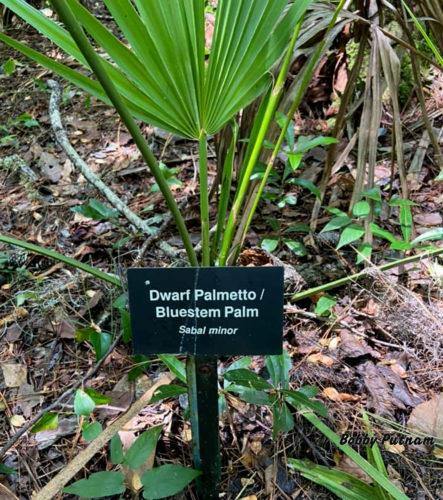
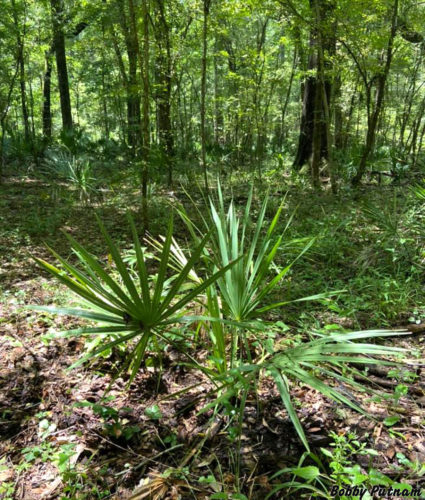
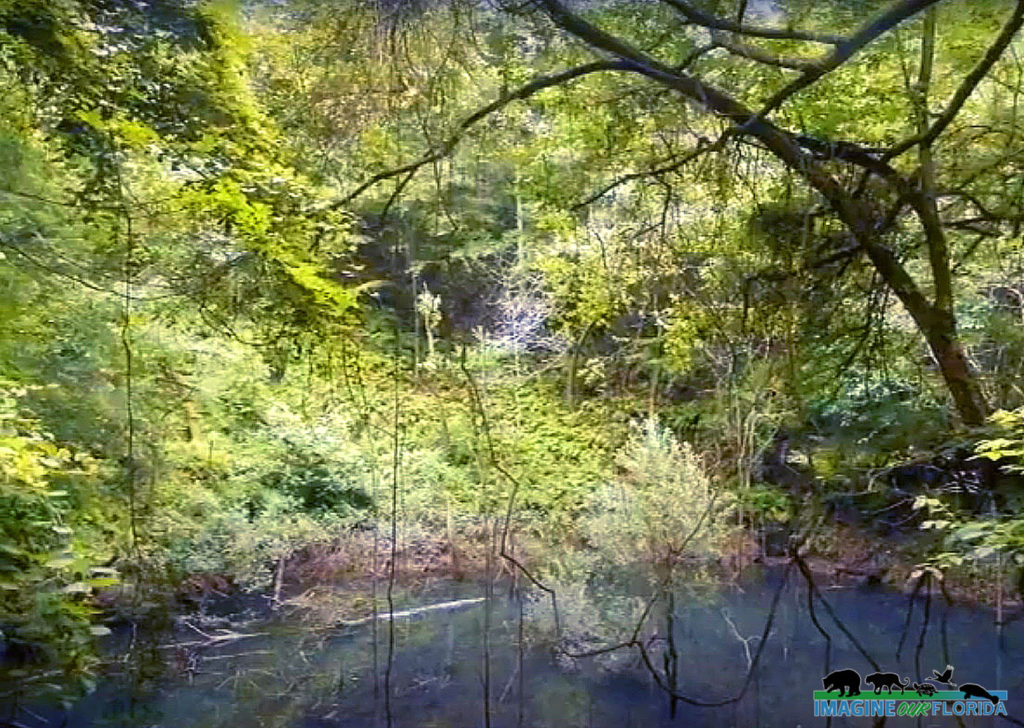
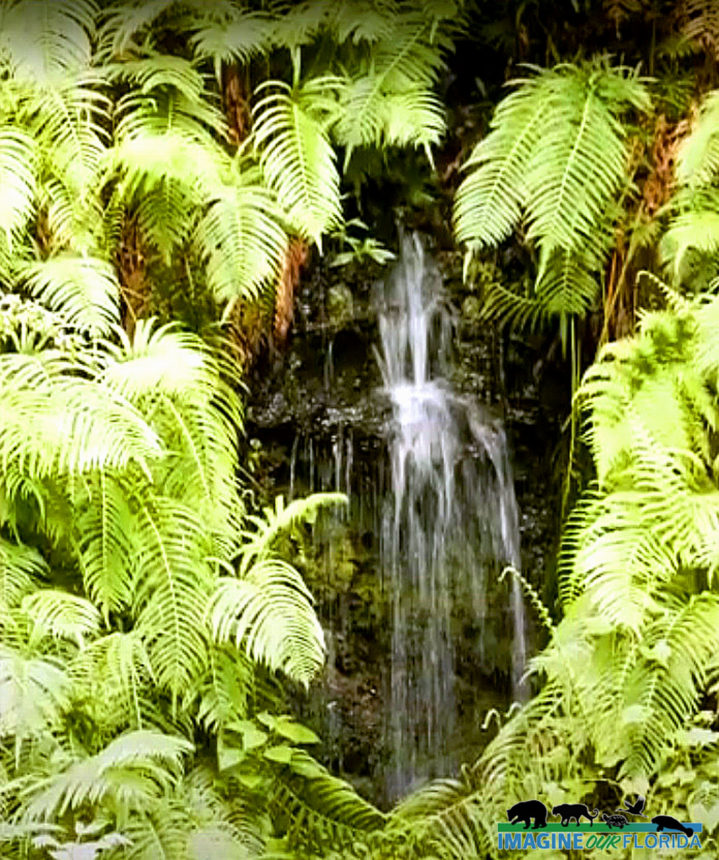
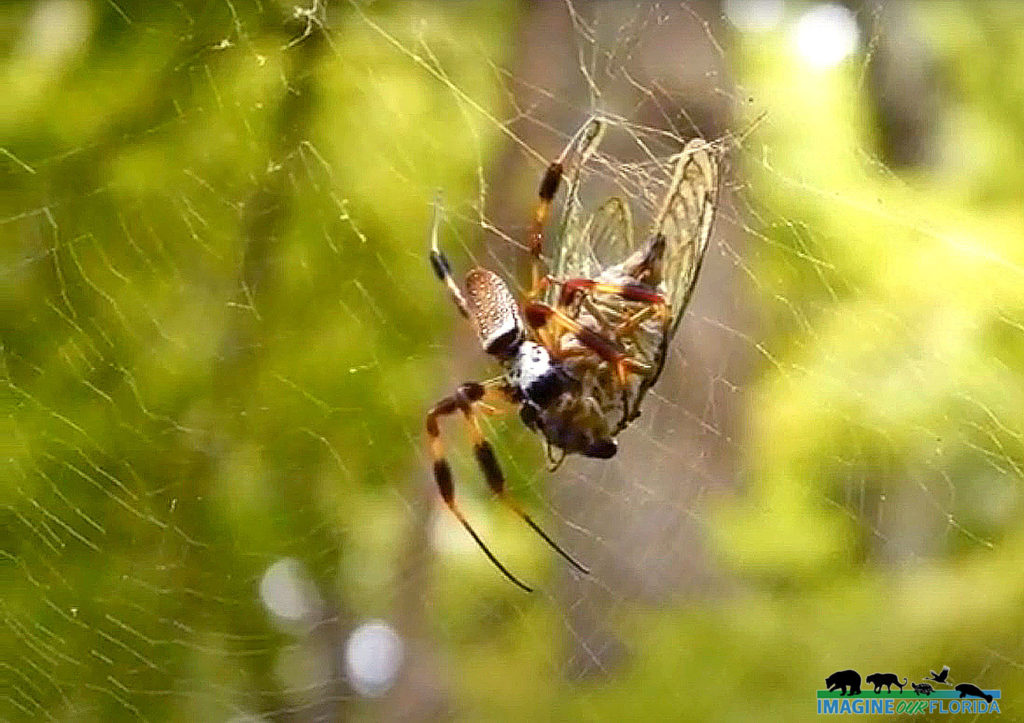
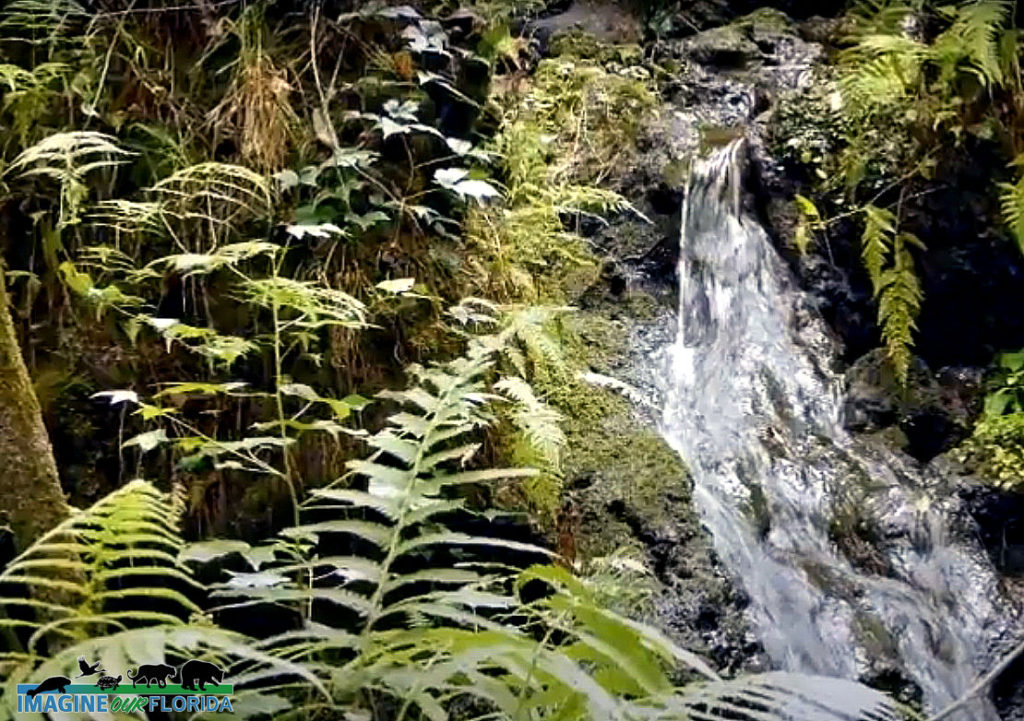
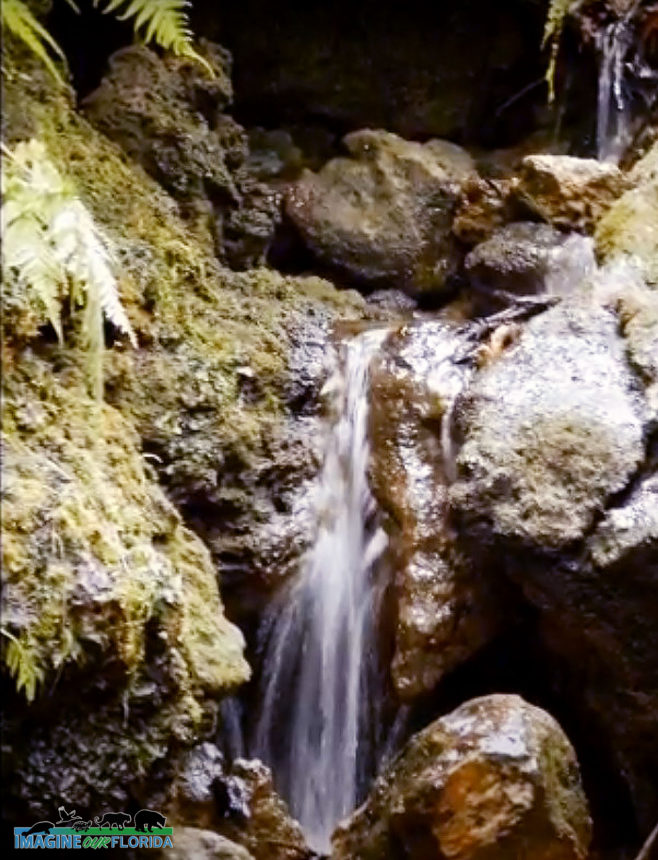
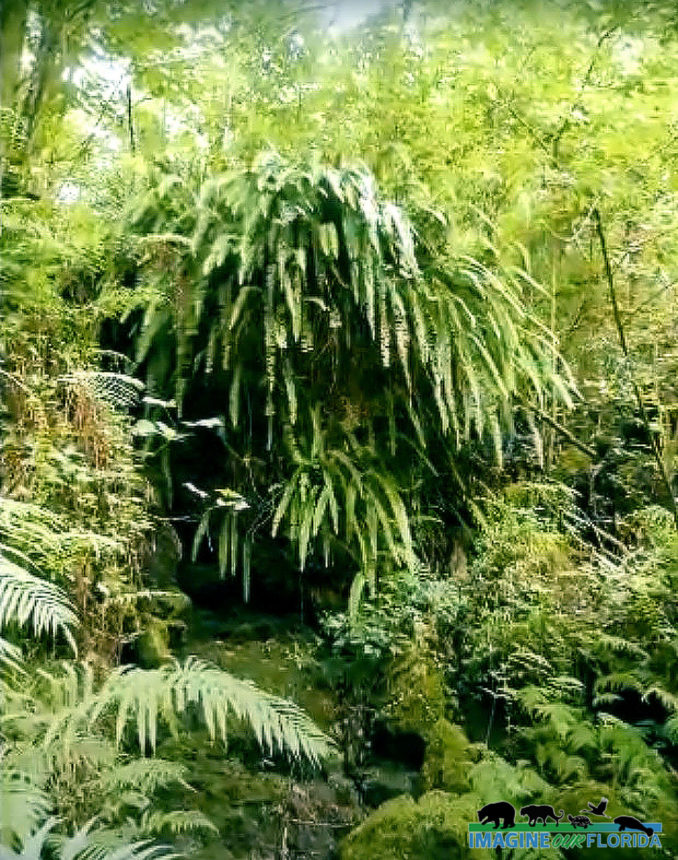
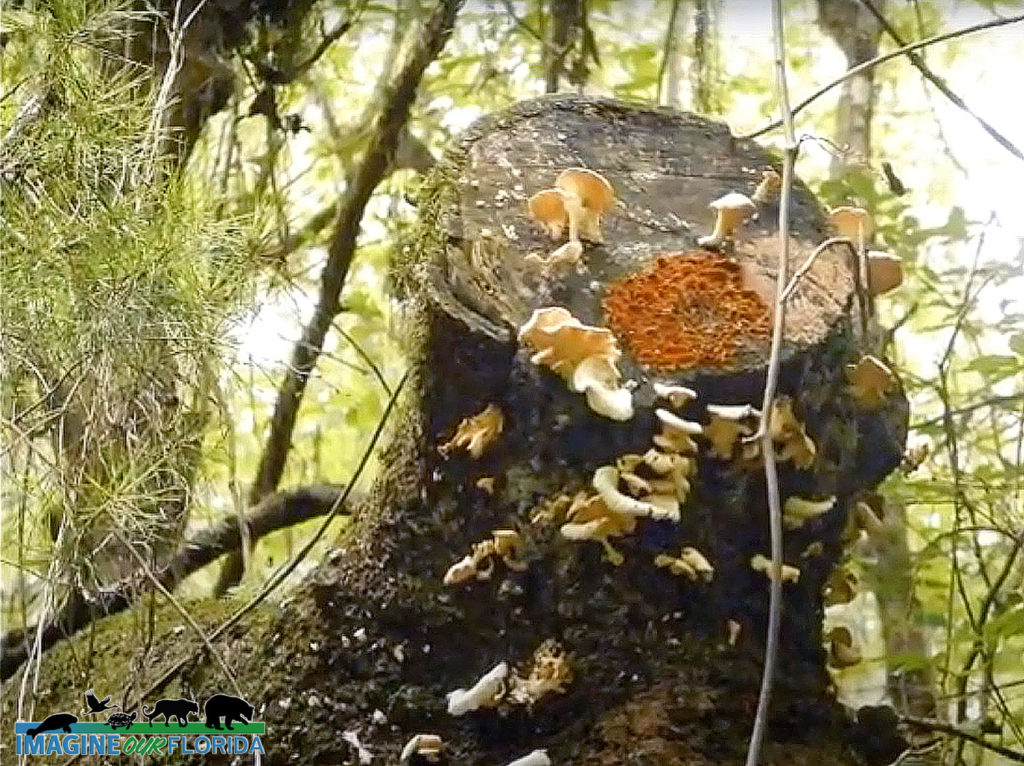
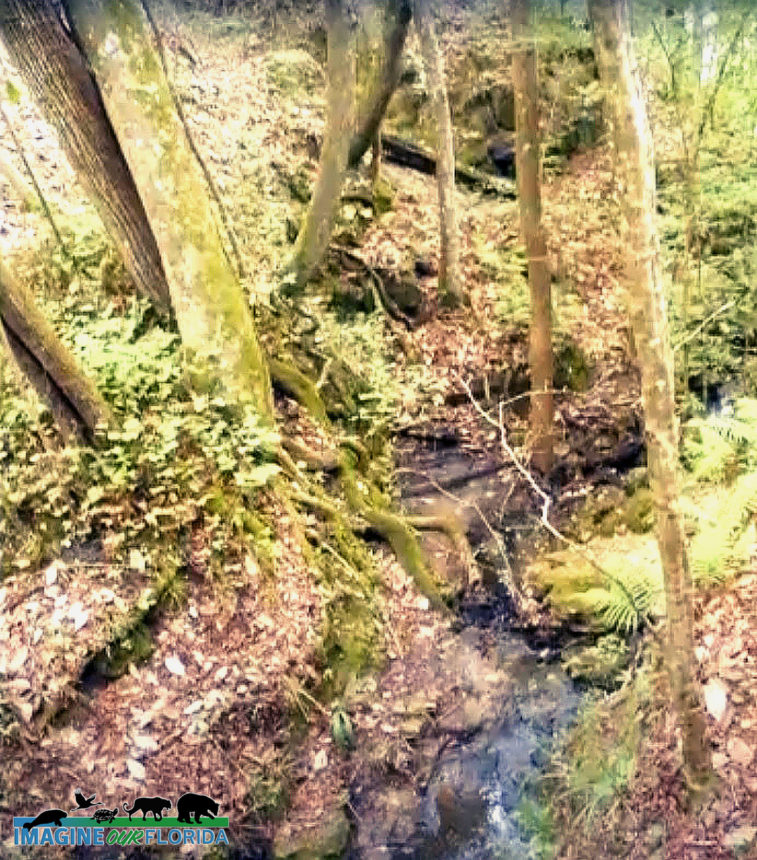
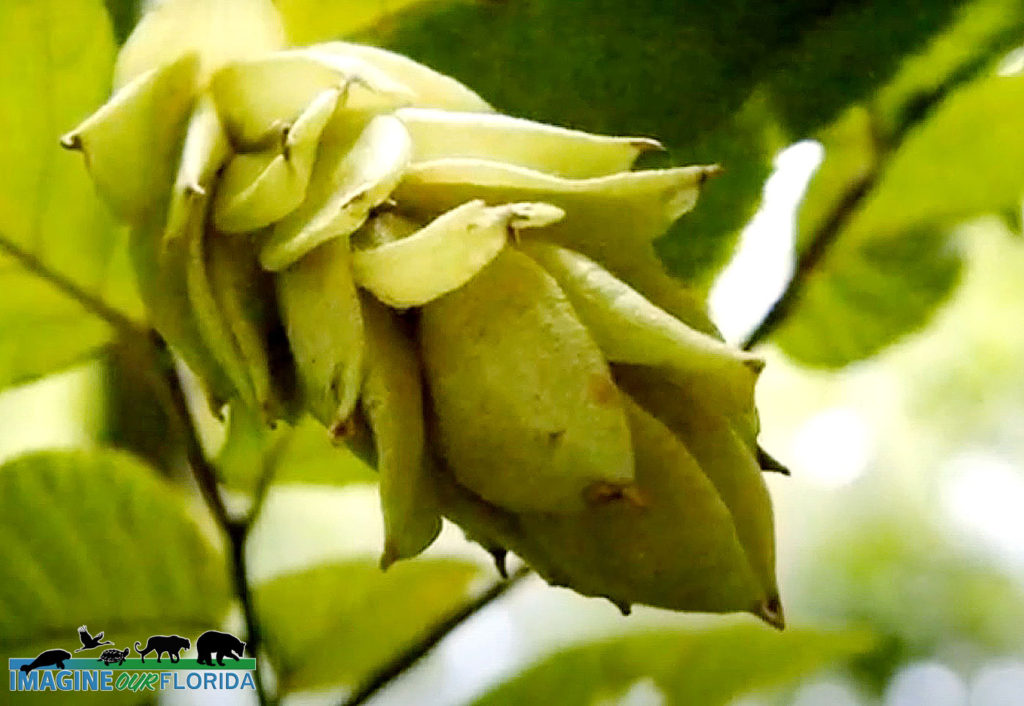
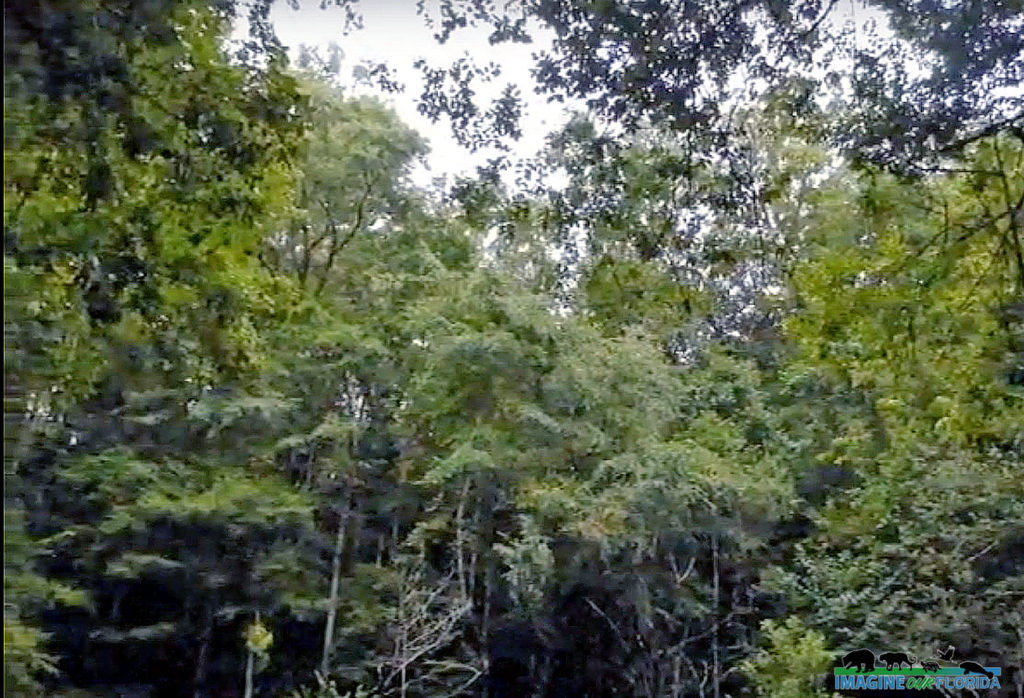
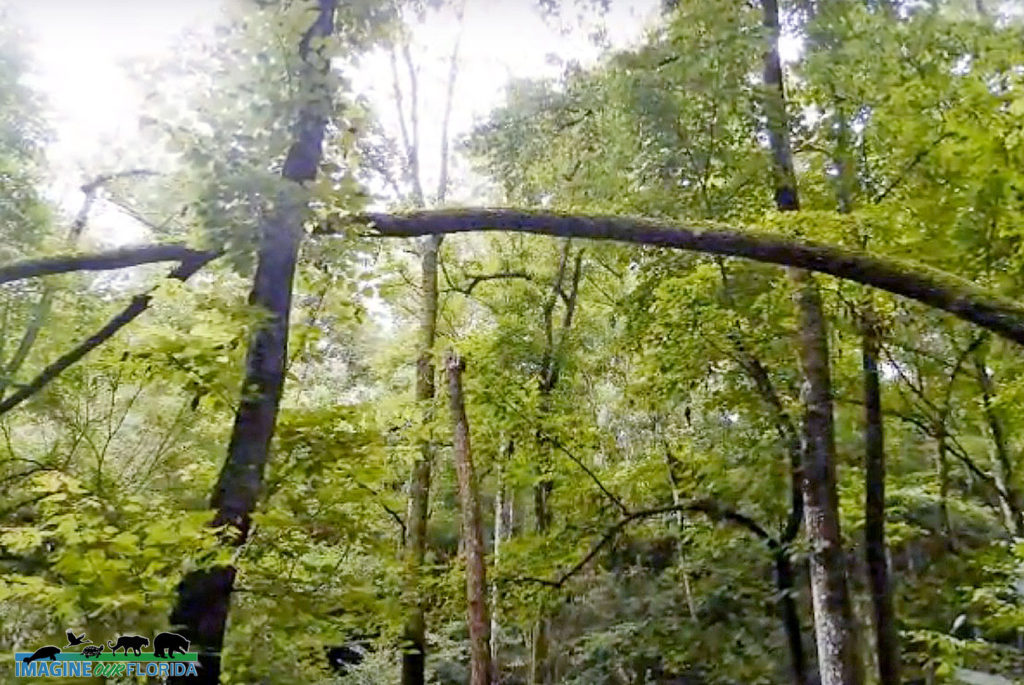
Recent Comments